
The Impact and Legacy of Futurism in Art and Design
In the tumultuous early 20th century, marked by a whirlwind of new inventions and a shift from agrarian to urban...
In the mid to late 19th century, technological change served as a significant driving force, much like the transformative impact of technology today. New inventions were profoundly altering the ways people lived and worked. The transition from an agrarian culture to an industrial culture distinctly shaped the aesthetics and design ethos of the Victorian Era.

As we explored in earlier discussions, the period before the industrial revolution presented a stark contrast in people’s lives. Obtaining clothing, for instance, required either personal sewing or commissioning someone else to create it. Nearly every item in an average household was handmade, and individual pieces were rarely identical. The advent of mass manufacturing and innovative production methods swiftly transformed this landscape, enabling the creation of precise duplicates of items in large quantities. This shift allowed individuals to choose from a diverse array of items distinguished by quality and styles. However, the emergence of mass production and increased variety inevitably led to heightened competition.
Manufacturers, in response to increasing competition, began seeking ways to distinguish their products and persuade consumers to choose their offerings over competitors’. Advertising emerged as a powerful tool during this period, conveyed through posters, leaflets, and other printed materials. This era can be regarded as the inception of modern advertising and design. In London, Thomas J. Barratt earned recognition as “the father of modern advertising.” While employed by the Pears Soap company, Barratt devised a highly effective advertising campaign for the company’s products. His approach incorporated targeted slogans, images, and phrases to capture the attention and preference of consumers.

With the increasing number of manufacturers, these ads had to be noticed. Simultaneously, the advent of new printing technologies allowed for higher-quality print, fostering a surge in creativity in advertising and design.
During this era, the British Empire reached its zenith, and the continuous colonization of new territories served as both inspiration and a source of material goods. This influence was unmistakable in advertisement design, which blended diverse elements into eclectic products. The core values often centered on idealization and moral goodness, reflecting the Empire’s claim to bring civilization and advanced culture to its colonies. A period of substantial technological innovations, the Victorian Era introduced unprecedented methods and products to the market.
The language used in advertisement campaigns was imbued with optimism, emphasizing how new machines and industries were transforming the world and creating marvelous products. This optimism was grounded in the belief that science and industry held the power to solve societal problems like poverty, hunger, and diseases. It is noteworthy to highlight the parallels between that era and the contemporary world we inhabit today.
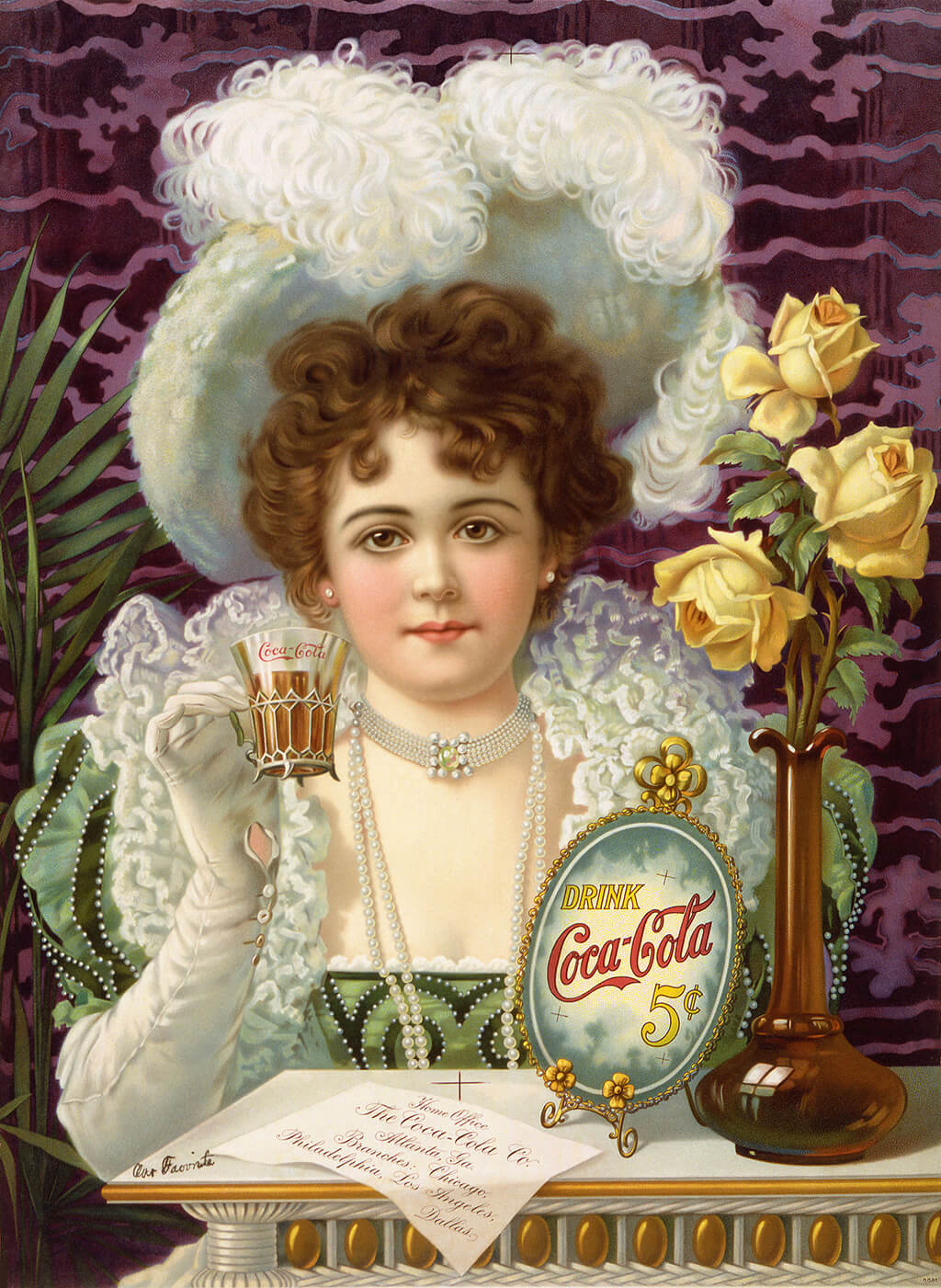
Indeed, the relationship between design and technology is intricately connected. Advancements in printing techniques and tools have not only transformed how designers work but have also given rise to new styles and solutions. Consider the introduction of the Macintosh, for example, which not only revolutionized the design process but also influenced the visual aesthetics of the designs produced.
To illustrate this historical evolution, consider the traditional process of book creation. For centuries, books and illuminated manuscripts were meticulously hand-drawn by monks or scribes. If one desired a copy of a book, a monk had to painstakingly create each book individually. However, as discussed in earlier posts, Johannes Gutenberg’s invention of the Moveable Type Press in 1450 marked a turning point. This innovation enabled the production of multiple copies from the same type, laying the groundwork for ideas about mass production and profoundly influencing how we create and consume various items.
The moveable metal type process proved effective for books and posters with small type, but it faced limitations when it came to larger letterforms, particularly for headlines, as the metal forms tended to break apart. To address this challenge, American designer Darius Wells pioneered a solution by crafting larger letterforms out of wood. Drawing inspiration from the early invention of moveable type, this method had already been employed by Chinese and Japanese designers. The reinvention of woodblock printing, combined with metal letterforms, ushered in a new era of greater freedom for printing posters and advertising materials.

Initially, the printers of these posters sought to emulate the look and feel of older metal type designs. However, the transition and relative inexperience with the tools led to chaotic designs featuring multiple typefaces and variations. It took a decade or two for designers and printers to adapt to this new invention and produce aesthetically pleasing, well-structured designs. In the following post, we will delve into this emerging aesthetic and explore the Art Nouveau movement.
Indeed, the assumption that new technologies inevitably replace old ones doesn’t always hold true. In the contemporary creative landscape, letterpress and wood type printing have experienced a resurgence in popularity. Many artists and designers actively embrace these traditional methods, yearning for the handmade, warmer, and organic feeling associated with the printing technology of the 19th century. This revival underscores the enduring appeal of craftsmanship and the unique aesthetic qualities offered by these earlier printing techniques.

In the tumultuous early 20th century, marked by a whirlwind of new inventions and a shift from agrarian to urban...
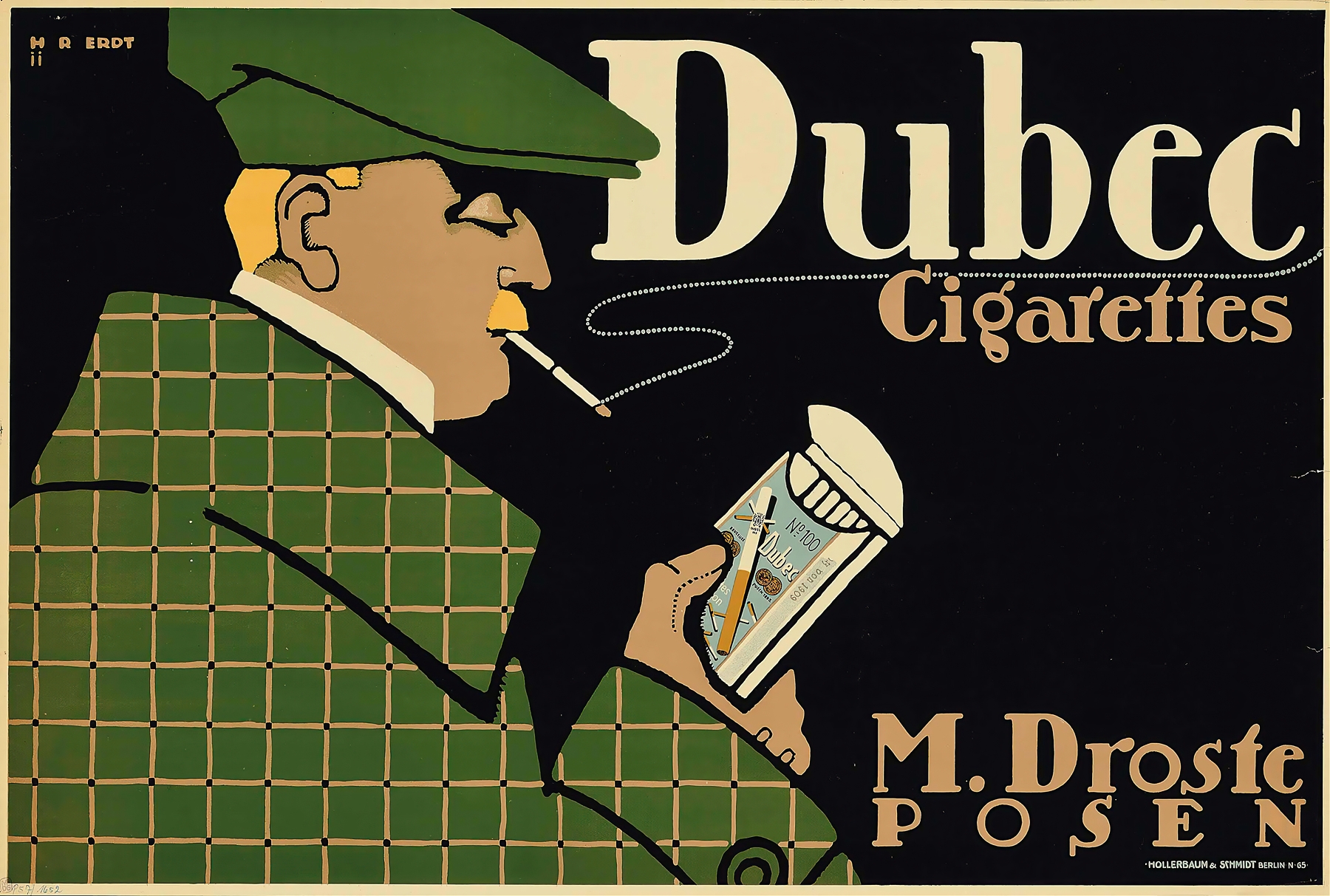
As the twentieth century unfolded, emerging artists sought inspiration beyond the intricate designs of the Victorian era, Art Nouveau, and...
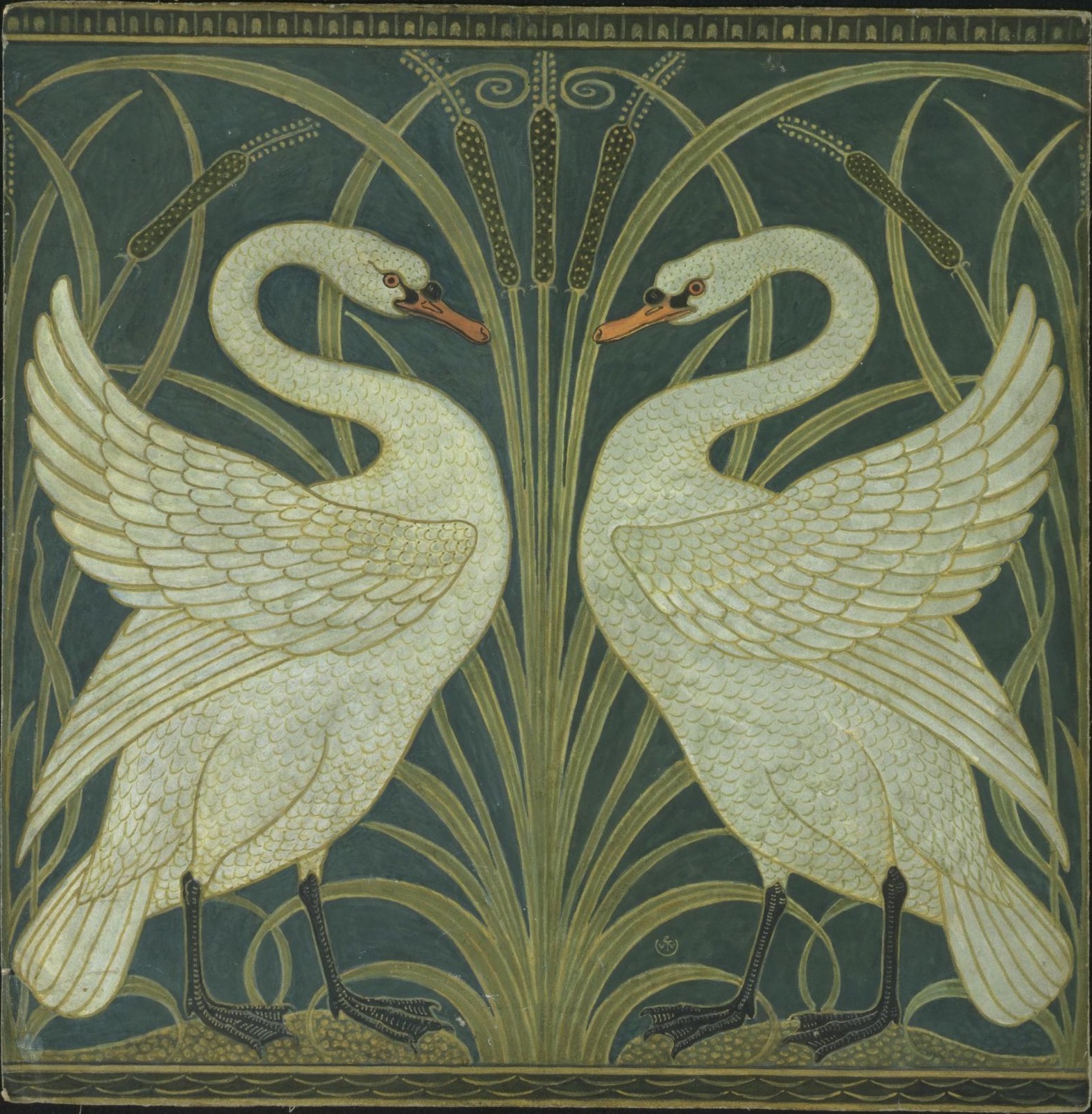
The Art Nouveau movement, which flourished in the late 19th and early 20th centuries, was characterized by its ornamental and...
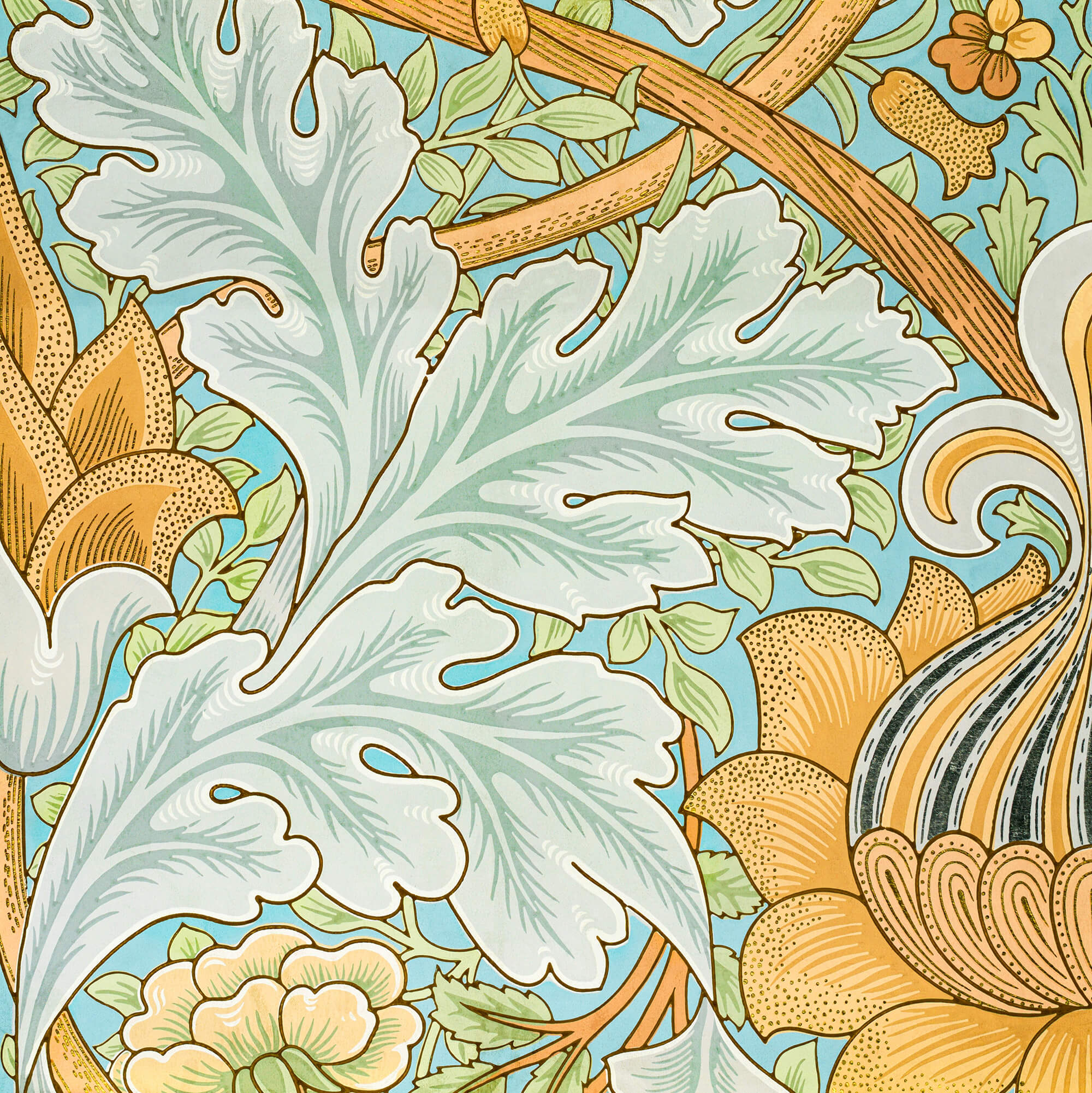
As the 19th century unfolded, the city of Paris became a hotbed of optimism and creativity, fueled by a confluence...
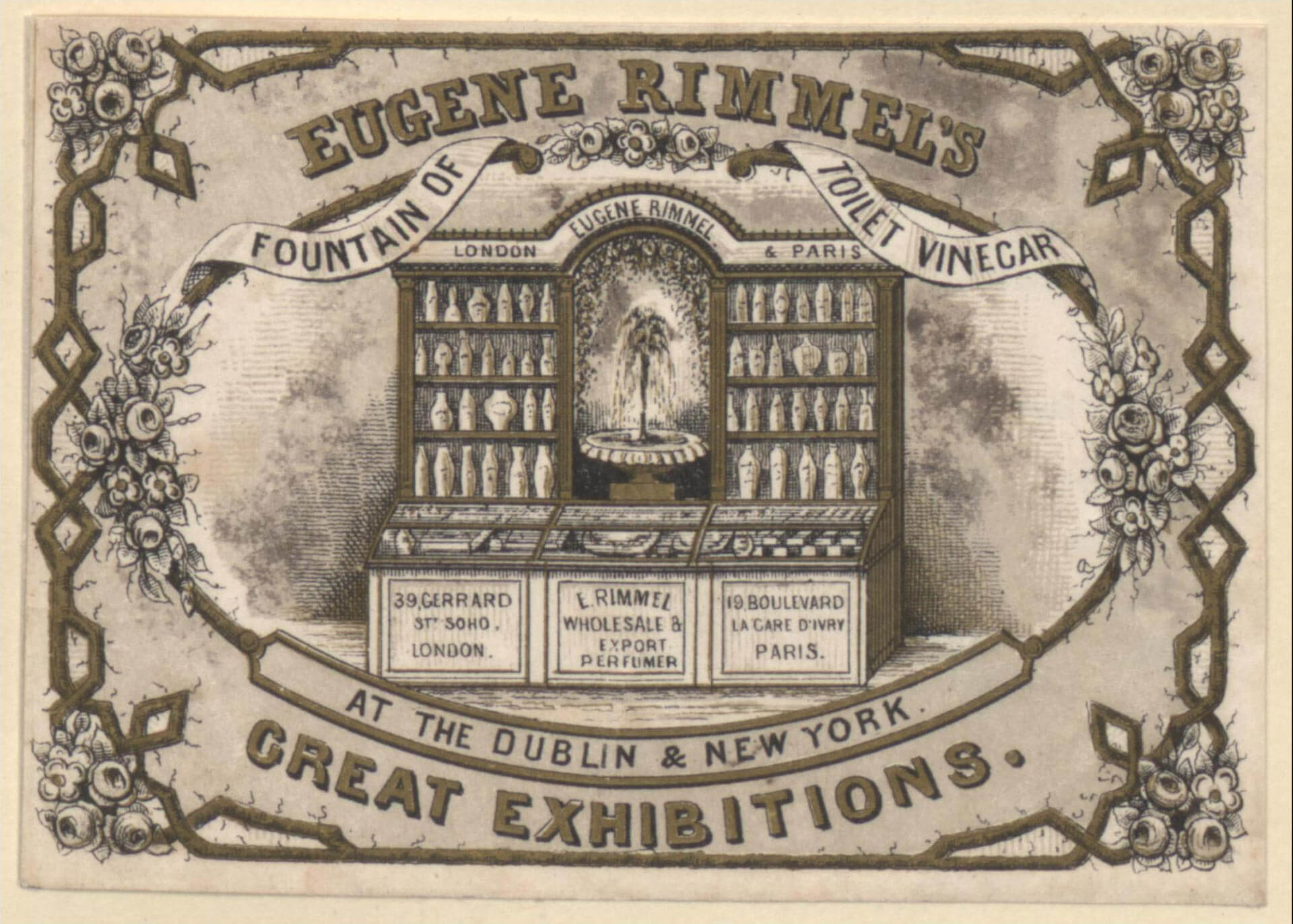
In the mid to late 19th century, the technological change was a big driving force, just like today. The new...
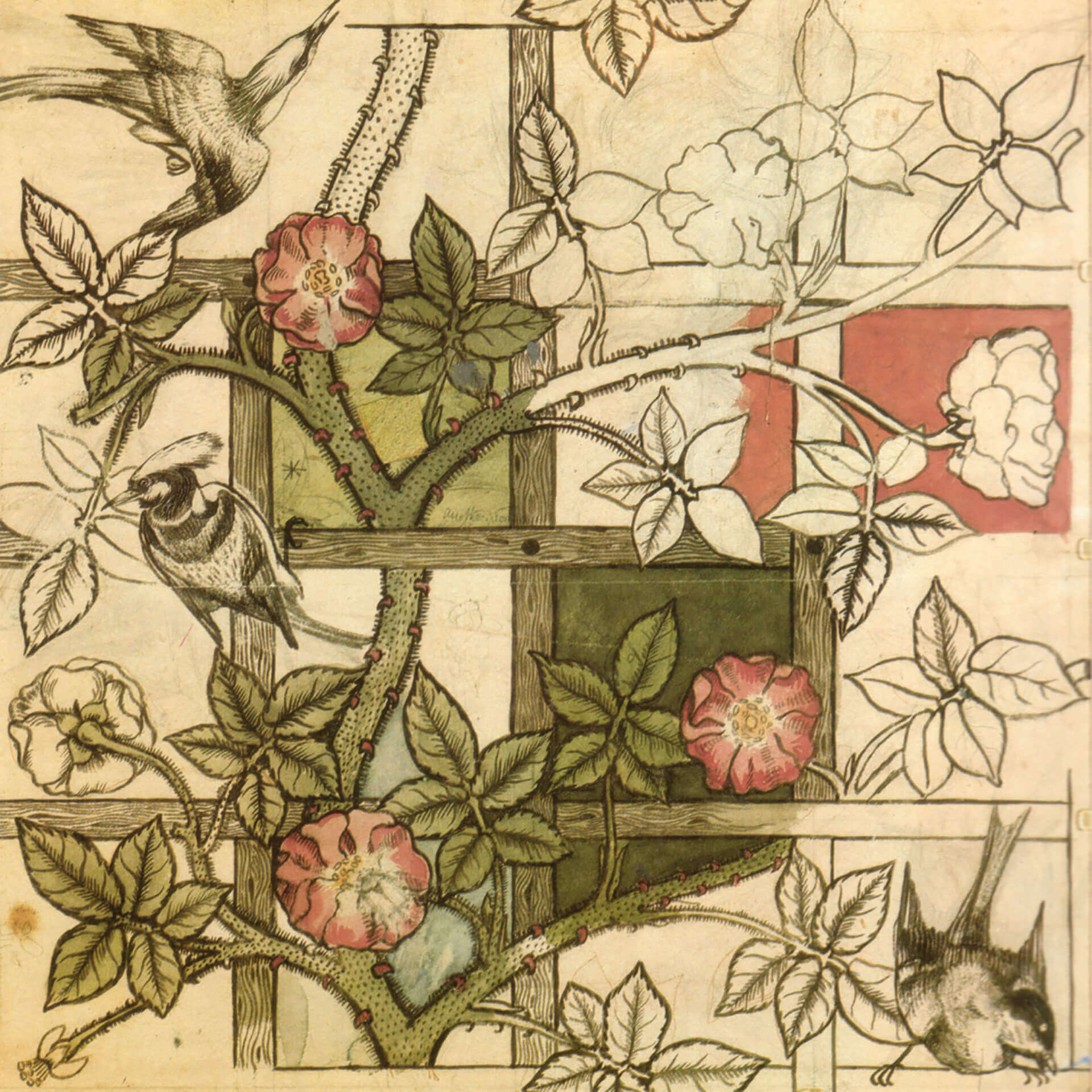
While these developments were happening, the deskilling of the craftsman and manufacturing of mass-produced items, expansion of factories and even...

Before industrialization, things were made in small numbers, carrying the emotions and fingerprints of its creator as a result of...
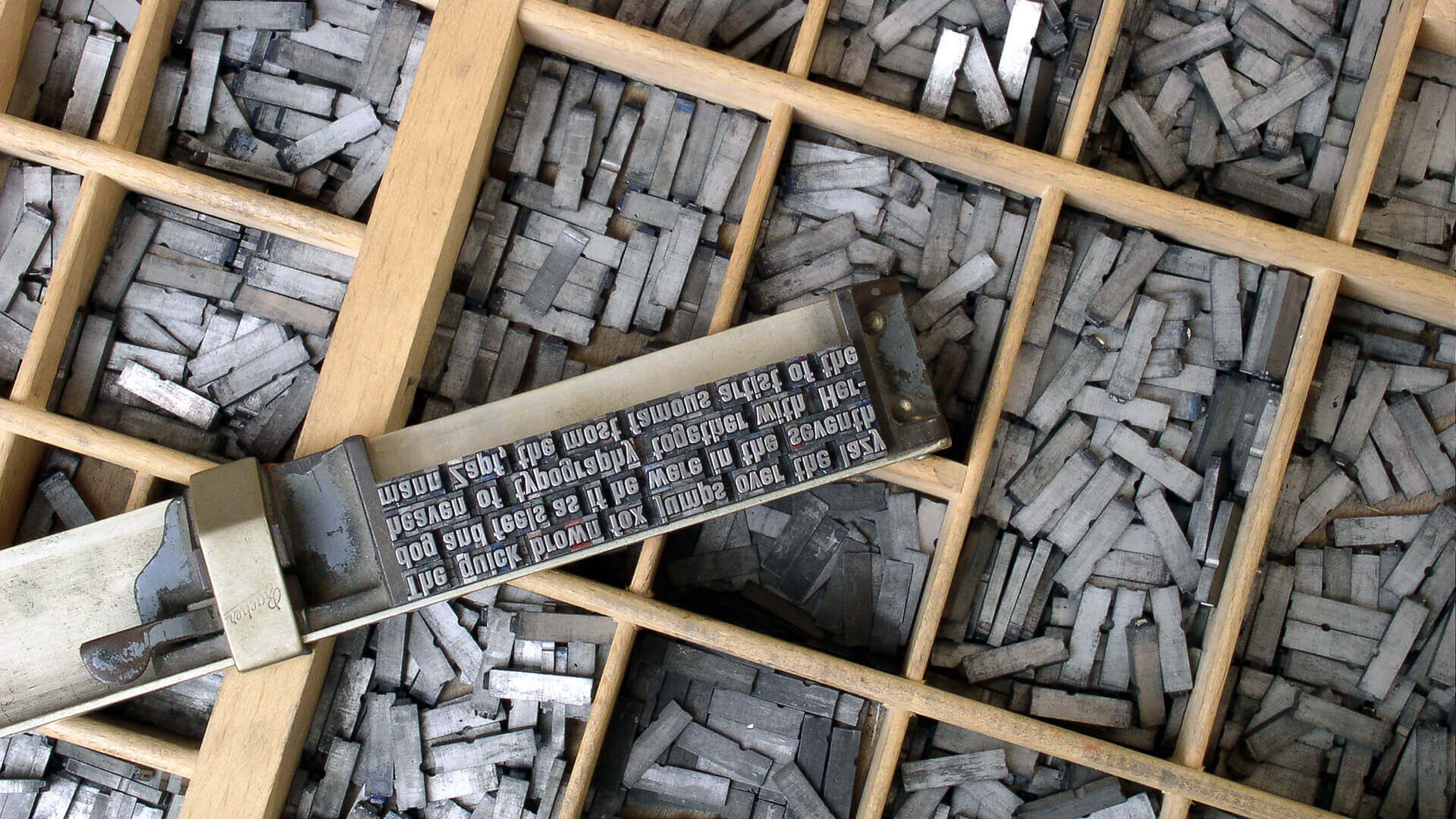
In 1400s AD, after several years of focused experiments, Johannes Gutenberg made the system scalable and led the way for...
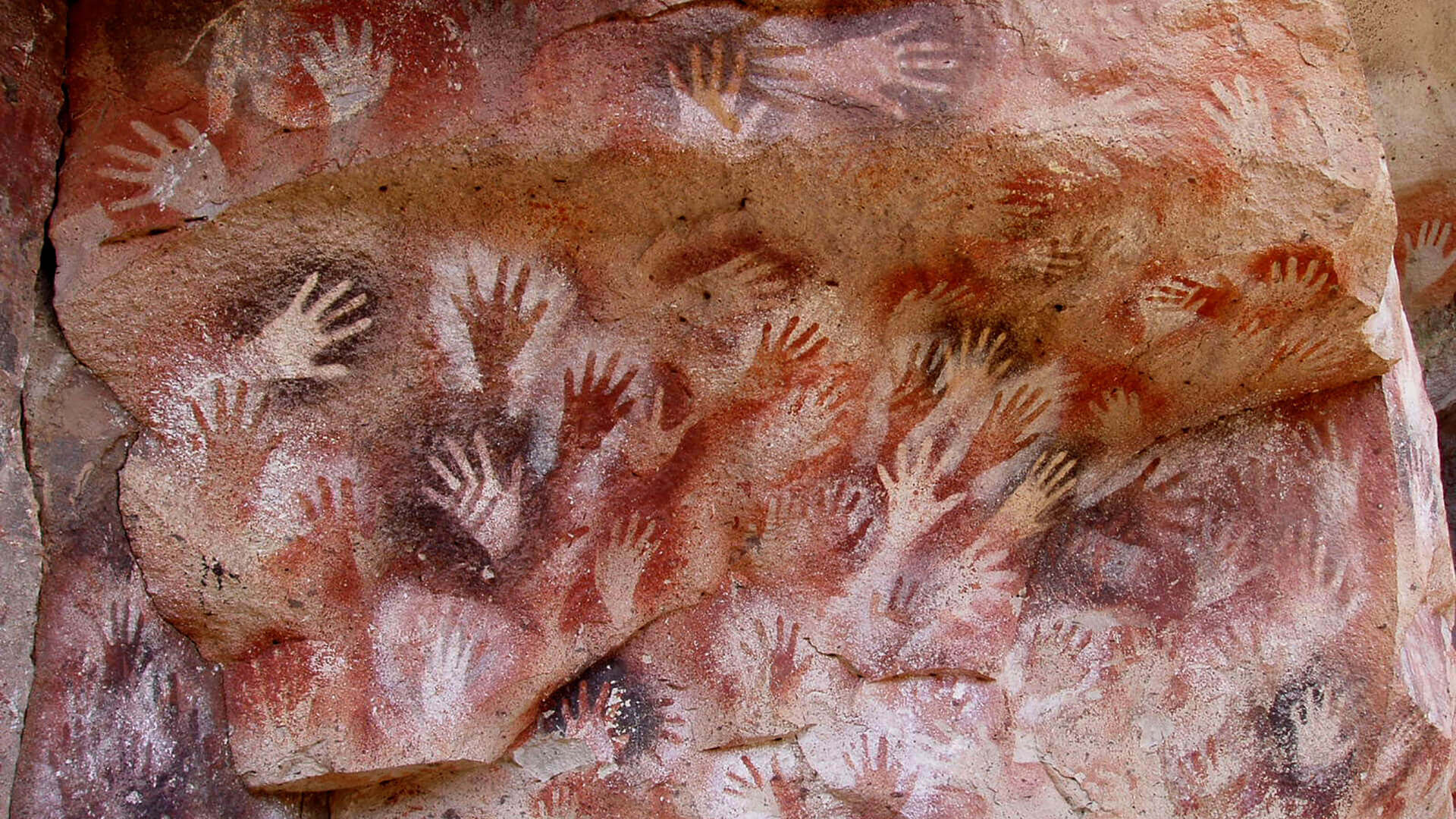
The history of graphic design begins with the cave paintings. The prehistoric humans were marking their daily lives or the...
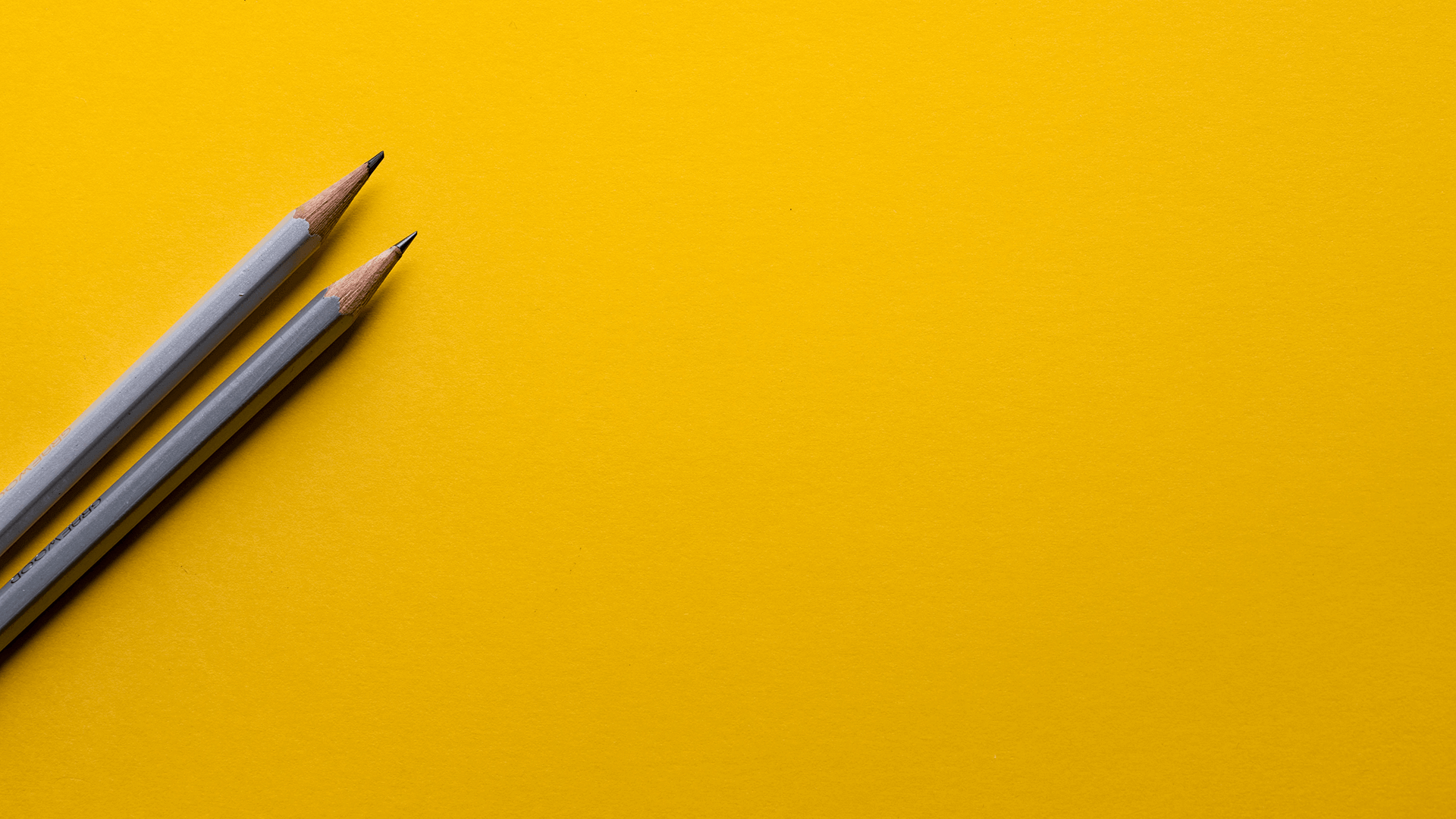
Starting from a simple stone ax, throughout the history we created a man-made environment, to survive and control the world...